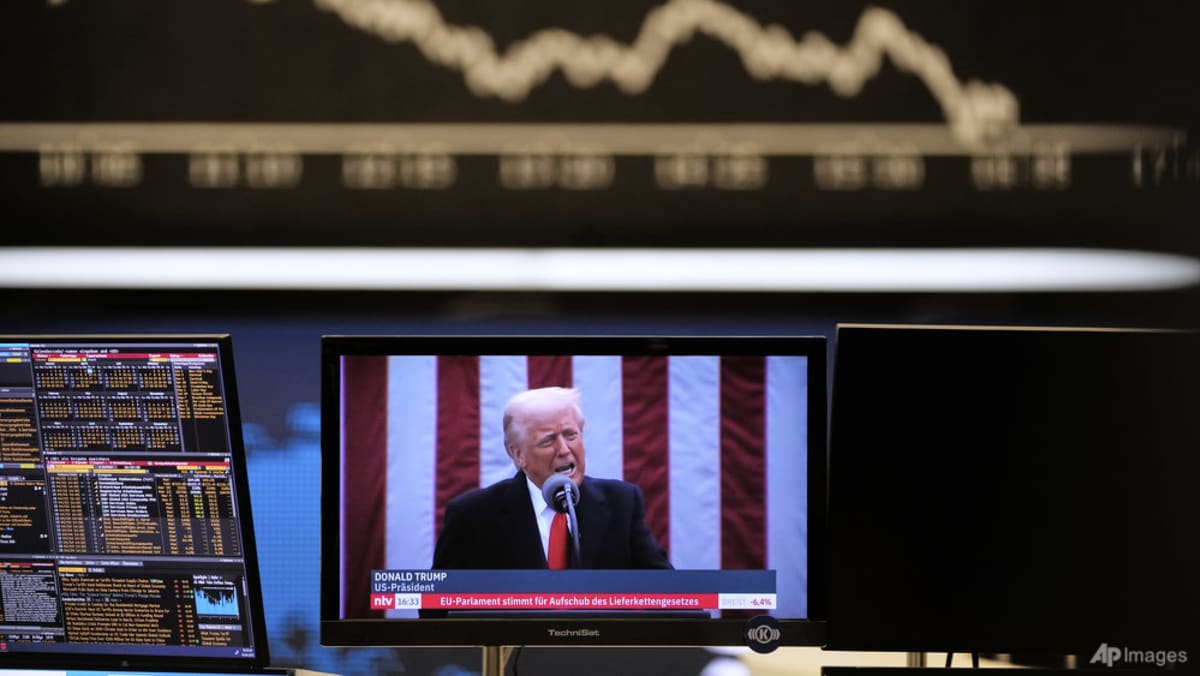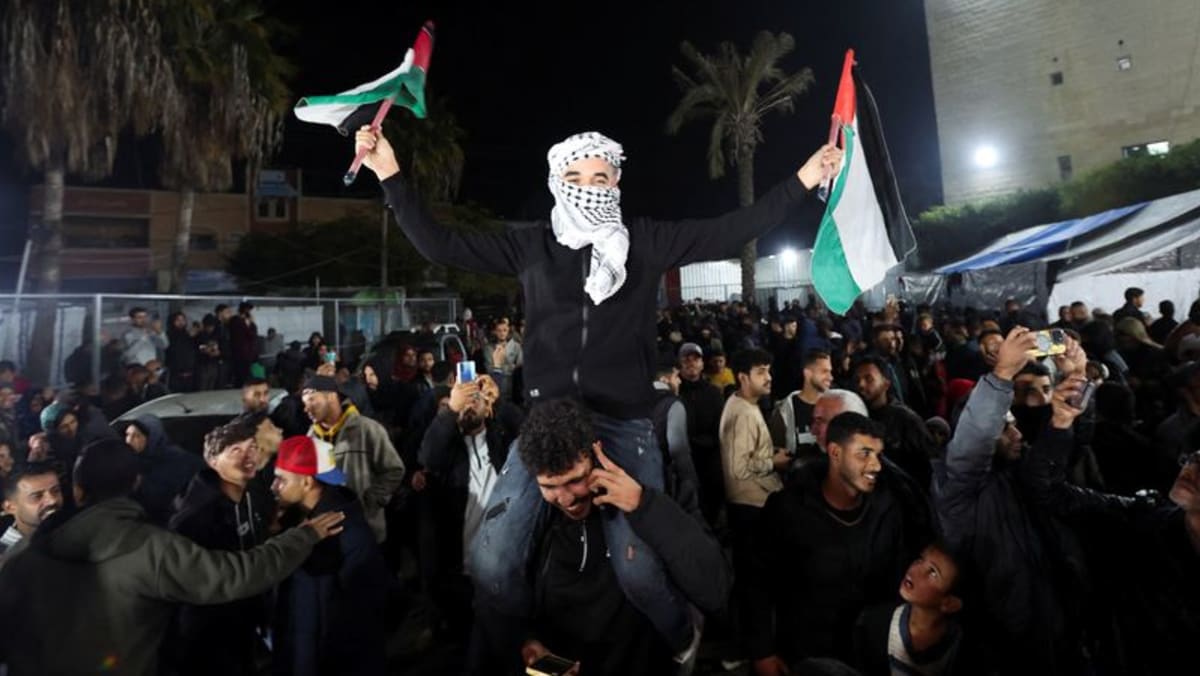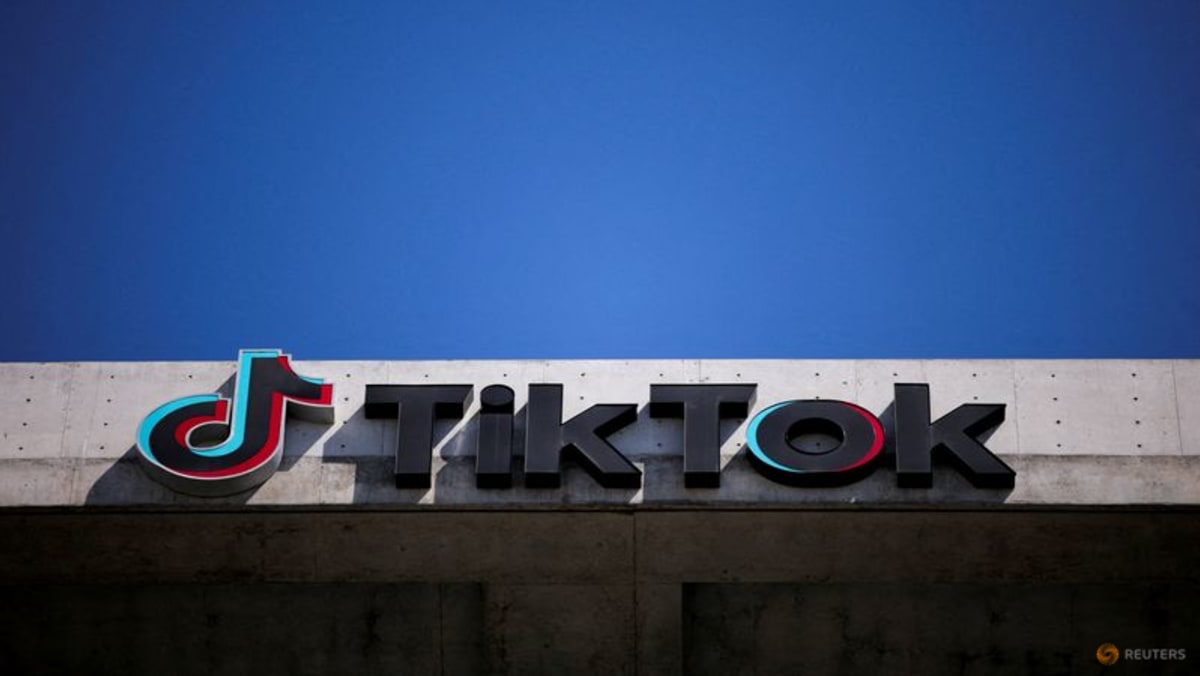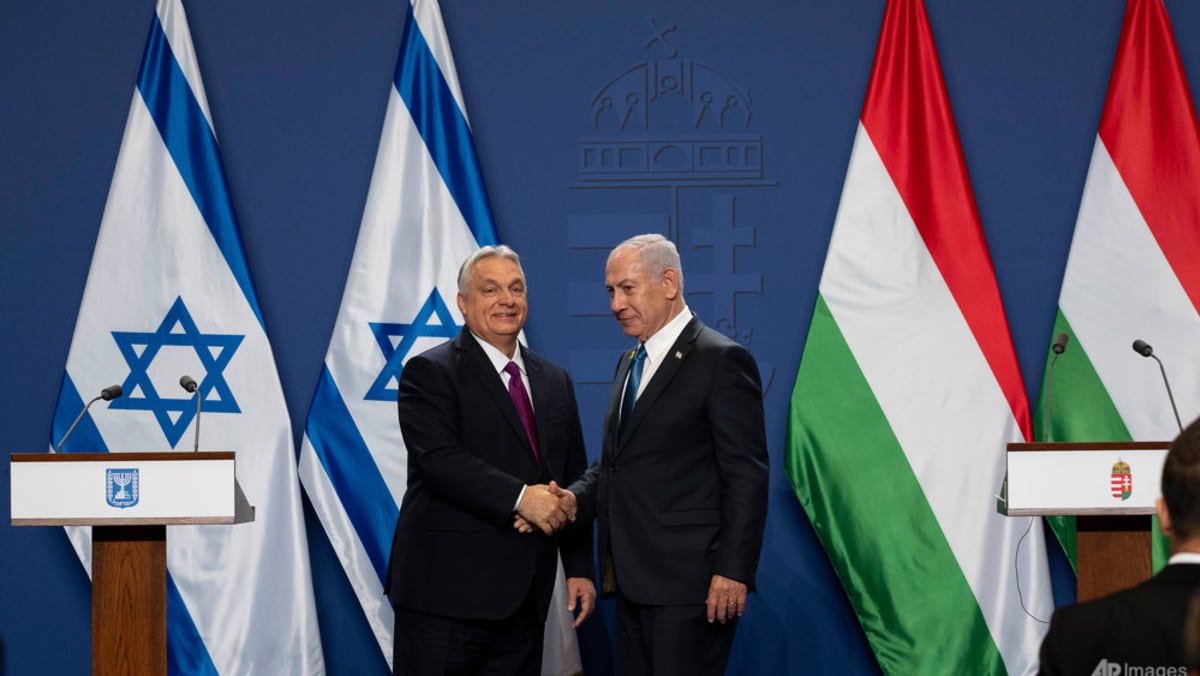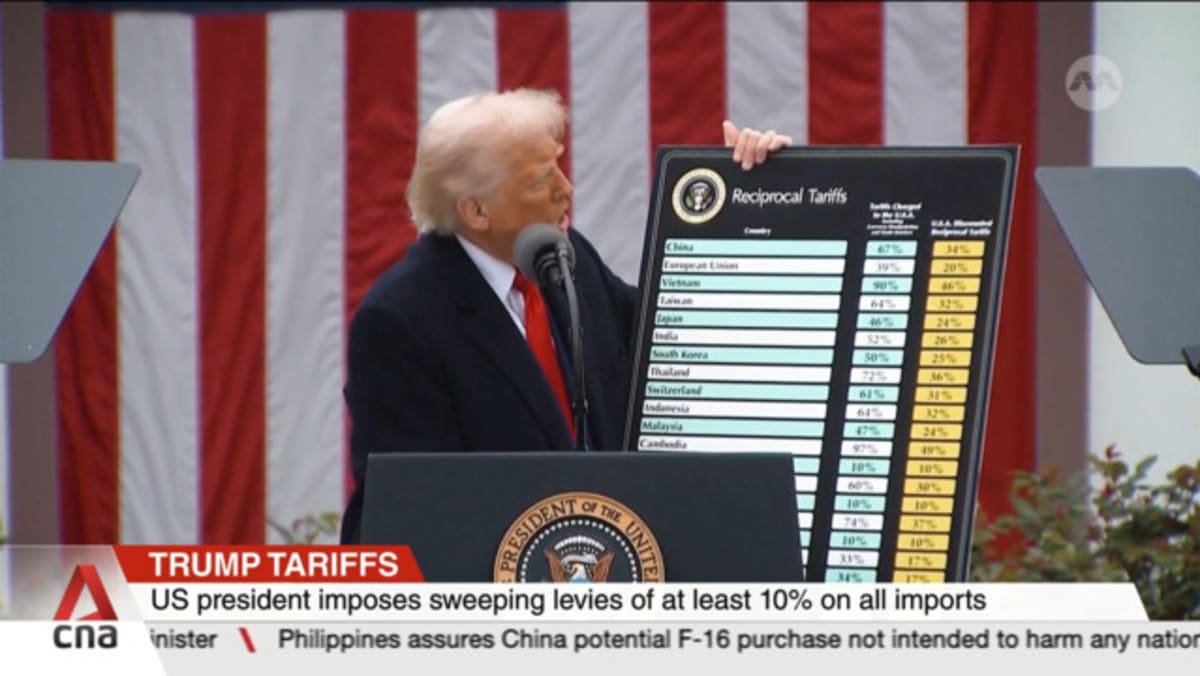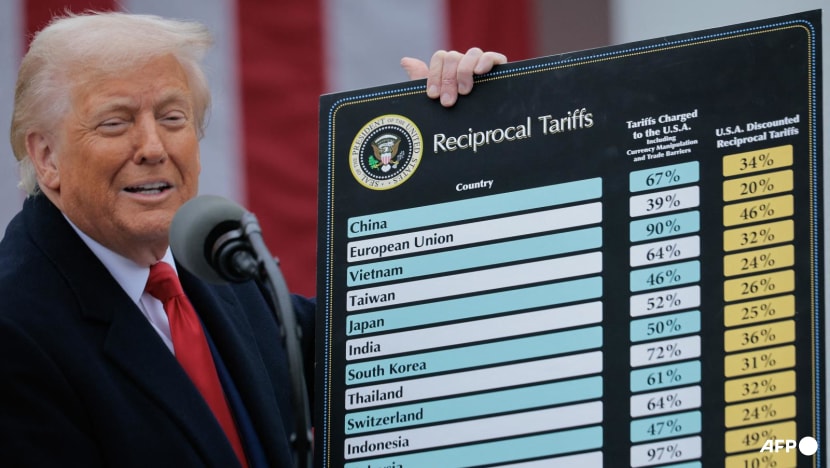Bohl said neither side wants to go back to a full-scale conflict, but since there is no formal mechanism in place to monitor the ceasefire, he expects sporadic pockets of violence to erupt every now and then.
“(The Gaza truce) will probably look very similar to what we’re seeing in Lebanon,” he told CNA’s Asia First programme, referring to Israel’s agreement with Lebanese militant group Hezbollah two months ago.
“It hasn’t ended Israeli air strikes on Hezbollah and hasn’t resulted in Hezbollah completely abandoning positions or sticking by the stipulations of their own ceasefire,” he added.
“What we’re seeing (in southern Lebanon today) is an unsteady, semi-frozen conflict, intermittent fighting, and that’s probably what’s going to happen in Gaza, but certainly nothing at the scale of what we’ve seen over the past 15 months.”
He emphasised that Palestinians being disenfranchised is the core cause of Israeli-Palestinian conflicts, and nothing in the agreement seriously suggests that any of the parties are on a path to resolve the root problems.
“Unfortunately, this ceasefire, like many ceasefires in Gaza before, has all the embers of the next war,” he said.
“Without redressing Palestinian political status, either as an independent state or as citizens within a binational state, without some sort of redressment on that front, the next conflict, the next war, is inevitable.”

